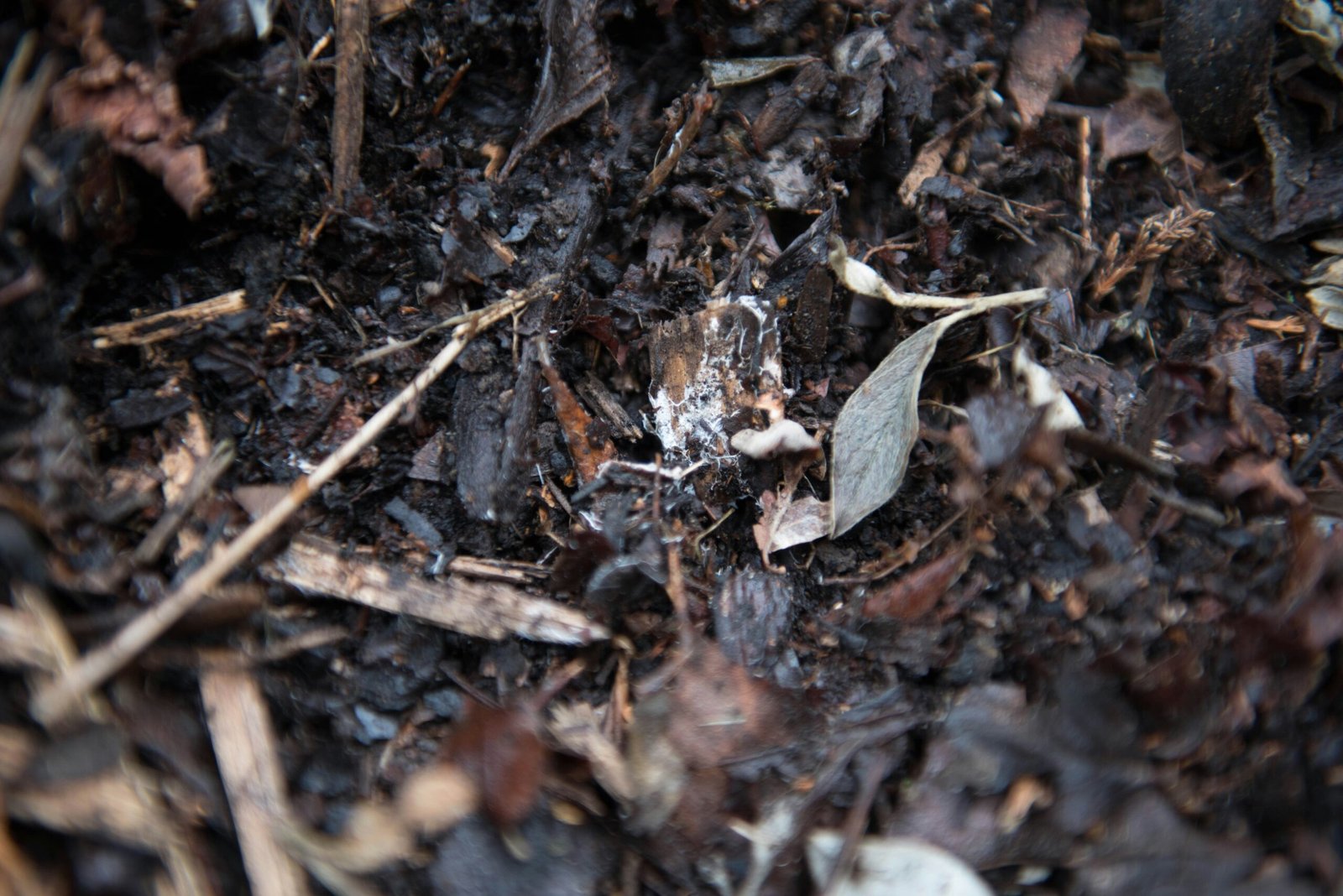Spring is a time of renewal and growth, but it also brings along some unwanted visitors to our gardens. Pesky pests can wreak havoc on our plants and disrupt the harmony of our outdoor spaces. However, before you reach for the chemical-laden pesticides, consider embracing a more eco-friendly approach: Integrated Pest Management (IPM). With IPM, you can effectively manage common spring pests while minimizing the impact on the environment. Let’s explore some natural solutions for dealing with these unwelcome garden guests.
1. Aphids: The Tiny Menace
Aphids are like the Kardashians of the insect world – small, numerous, and seemingly everywhere. These sap-sucking pests can quickly multiply and damage your plants. Instead of resorting to harsh chemicals, try using nature’s pest control squad: ladybugs. These lovely little creatures feast on aphids, keeping their population in check. You can attract ladybugs to your garden by planting flowers like daisies, marigolds, and yarrow. Alternatively, you can purchase ladybugs online or at your local garden center.
2. Slugs: Slimy Garden Intruders
Slugs may not be the most glamorous of creatures, but they can wreak havoc on your tender seedlings and young plants. Instead of reaching for toxic slug pellets, consider using natural deterrents. Create a barrier around your plants using crushed eggshells or diatomaceous earth, which will deter slugs from crossing. You can also encourage natural slug predators, such as frogs and toads, by providing them with a cozy habitat in your garden.
3. Mosquitoes: Buzz Off!
Springtime brings warmer weather and, unfortunately, an increase in mosquito activity. Instead of dousing yourself in chemical-laden repellents, try some natural alternatives. Planting mosquito-repellent herbs like lavender, citronella, and basil can help keep these bloodsuckers at bay. Additionally, making sure there is no standing water in your garden will eliminate potential breeding grounds for mosquitoes.
4. Caterpillars: The Hungry Hungry Caterpillars
Caterpillars may be cute in children’s books, but in your garden, they can be a real menace. Instead of resorting to chemical pesticides, try using biological controls. Bacillus thuringiensis (Bt) is a natural bacterium that specifically targets caterpillars while leaving beneficial insects unharmed. You can find Bt products at your local garden center or online. Alternatively, you can handpick caterpillars off your plants and relocate them to a more suitable location.
5. Squirrels: Nutty Garden Intruders
Squirrels may be adorable when they’re frolicking in the park, but when they start digging up your newly planted bulbs or stealing your birdseed, they become less endearing. Instead of resorting to drastic measures, try using natural deterrents. Sprinkle some cayenne pepper or garlic powder around your plants to deter these furry pests. You can also provide an alternative food source, such as a squirrel feeder filled with nuts and seeds, to divert their attention away from your garden.
Remember, a healthy garden is a balanced ecosystem, and embracing natural pest control methods can help maintain that balance. Integrated Pest Management allows you to manage pests effectively while minimizing harm to beneficial insects and the environment. So, this spring, let’s bid farewell to chemical pesticides and welcome eco-friendly solutions into our gardens. Happy gardening!
Keywords: Integrated Pest Management, natural solutions, spring pests, eco-friendly, garden, aphids, ladybugs, slugs, mosquitoes, caterpillars, squirrels.





